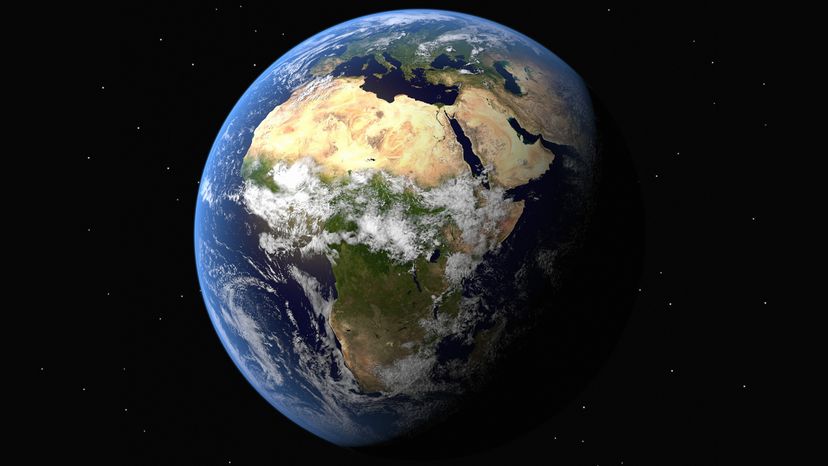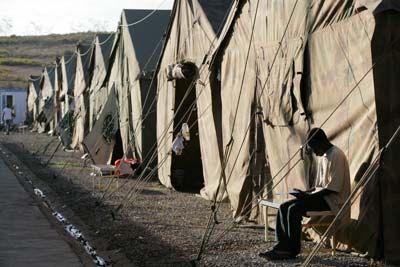
It's pretty safe to say that Earth has more than its share of human beings. We're currently staring down a global population of 6.77 billion people and rising [source: U.S. Census Bureau]. We've spread like a virus, diverting resources to fill our needs and transforming the planet in the process. As with any communicable illness, we strive to reach beyond the limits of our own meager habitat and colonize distant worlds.
But where did this population explosion and wanderlust begin? Look back through time as our skyscrapers shrink down to huddled tents, our city lights dim to campfires and global conflicts die back into mere territorial aggression. What has become a thriving global community once consisted of roaming, Stone Age primitives. But where did even these ancient ancestors come from?
Advertisement
While anthropologists continue to iron out the details regarding the origins of man, the scientific concession is that early humans evolved from more primitive hominids. There are two theories regarding just where this change occurred. The multiregionalism or continuity theory holds that this leap from ape to man occurred in various regions around the globe, after Homo erectus had spread there. This would mean that African, European and Asiatic peoples each displayed a certain degree of genetic continuity because each evolved into Homo sapiens independent of the other regional groups.
We call the other theory regarding human origins the out of Africa or replacement theory, because it holds that everything human first rose to the surface on that continent. The theory maintains that while other early hominids had pushed out of Africa and into Europe and Asia, only those in Africa made the evolutionary leap to H. sapiens. These first humans then migrated into other regions, coexisting for a time with their evolutionary forefathers, before eventually surpassing them.
So which theory is it? Read the next page to find out.
Advertisement


